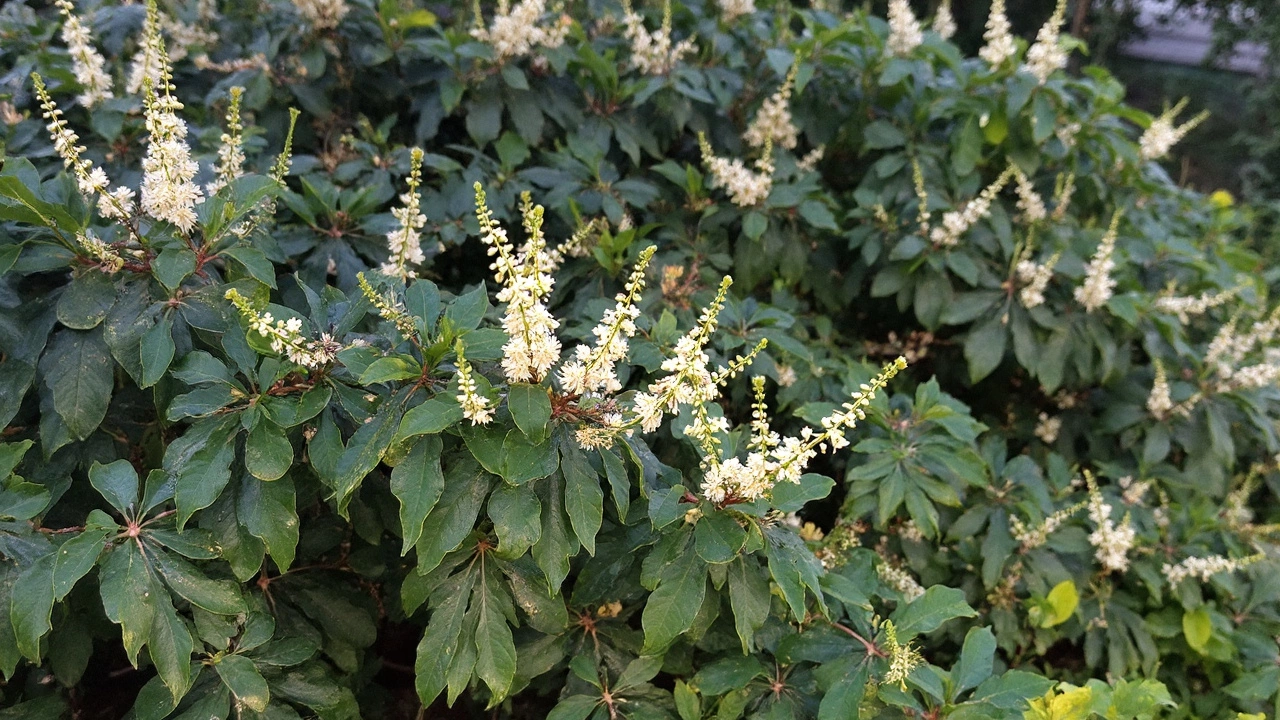Why Is Japanese Knotweed Such a Menace?
Japanese knotweed isn’t just a weed you pull up and forget about. It’s a force of nature that can tear up roads, push through concrete, and overtake entire patches of land in just a few seasons. The plant’s tendency to pop up seemingly overnight in new places has left homeowners, city planners, and environmentalists scratching their heads—and sometimes pulling out their hair. So, what gives Japanese knotweed this edge?
An international team, led by Christina Richards from the University of South Florida, decided to get to the bottom of it. Their approach wasn’t just a quick look at a local patch—they tracked 128 populations across three continents. They collected samples from where the plant is native (Japan and China), as well as from heavily invaded regions (Germany and the U.S.).
Published in New Phytologist, their research digs into how this tough-as-nails plant manages to spread so darn fast. And the secret, it turns out, isn’t a matter of better seeds or flashier flowers. It’s the plant's ability to clone itself—and do it better than just about anything else out there.

The Power of Clonal Propagation
Knotweed’s clonal propagation is a game-changer. Unlike plants that spend time and energy flowering and making seeds, Japanese knotweed can pump out new shoots from just a fragment of root. The researchers found that populations outside of Asia have become even more efficient at this than their relatives back home. While native species might take their time producing seeds for the next generation, introduced knotweed just keeps churning out genetically identical offspring—practically a plant-making machine.
What surprised the team is how the plant hasn't really lost its original identity in the process. Even thousands of miles away and decades after leaving Japan, these knotweed populations haven’t reinvented themselves. Instead, they built on what already worked: fast, relentless vegetative growth. Introduced plants didn’t suddenly pick up a bunch of new traits—they just squeezed even more power out of their usual cloning habit, making them even more formidable.
This ability presents a special challenge for control efforts. Most weeds eventually run out of steam or space, but knotweed’s clonal system means a tiny bit of root left in the ground can leap to life and start another invasion. That’s why crews digging out knotweed patches have to sift out every scrap or risk seeing the weed bounce back stronger than ever. The findings help explain why efforts to rein it in—using herbicides, cutting, or even digging—so often feel like a losing battle.
Armed with this new knowledge, plant specialists are rethinking their strategies. Understanding how knotweed exploits its clonal system means that new control plans can target those weak links—maybe by disrupting the plant’s energy stores or timing their attacks to when the plant is most vulnerable. It’s a tough fight, but at least now, thanks to research like this, we know what we’re really up against.
